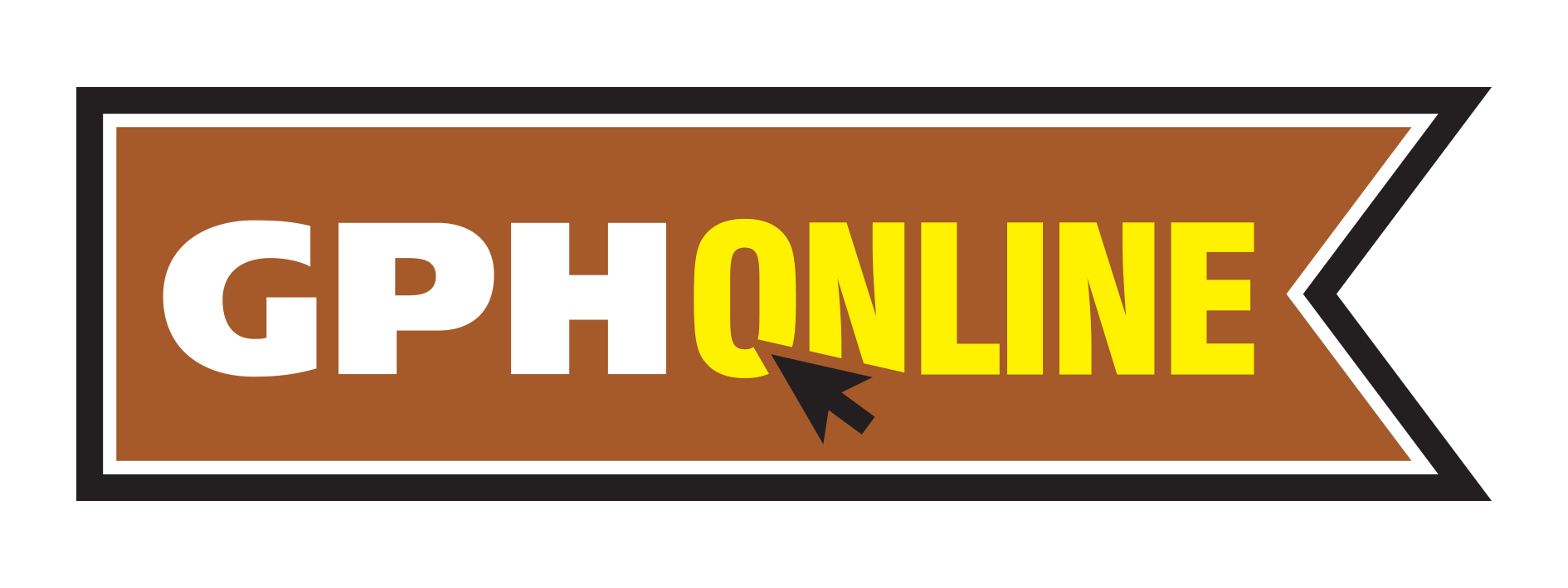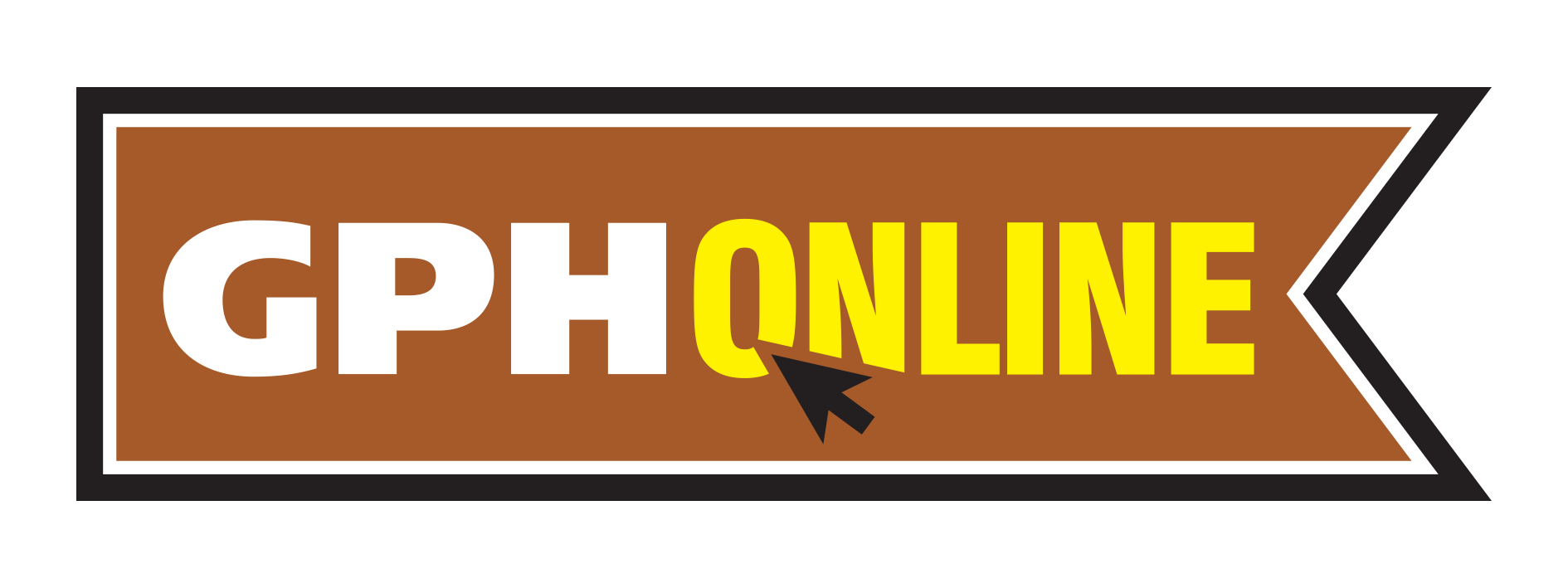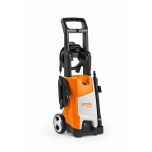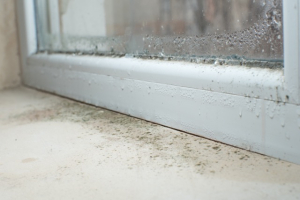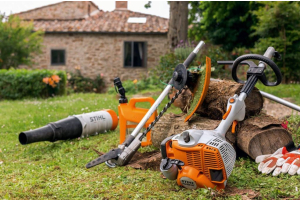The Ultimate Beginner's Guide To Pressure Washers
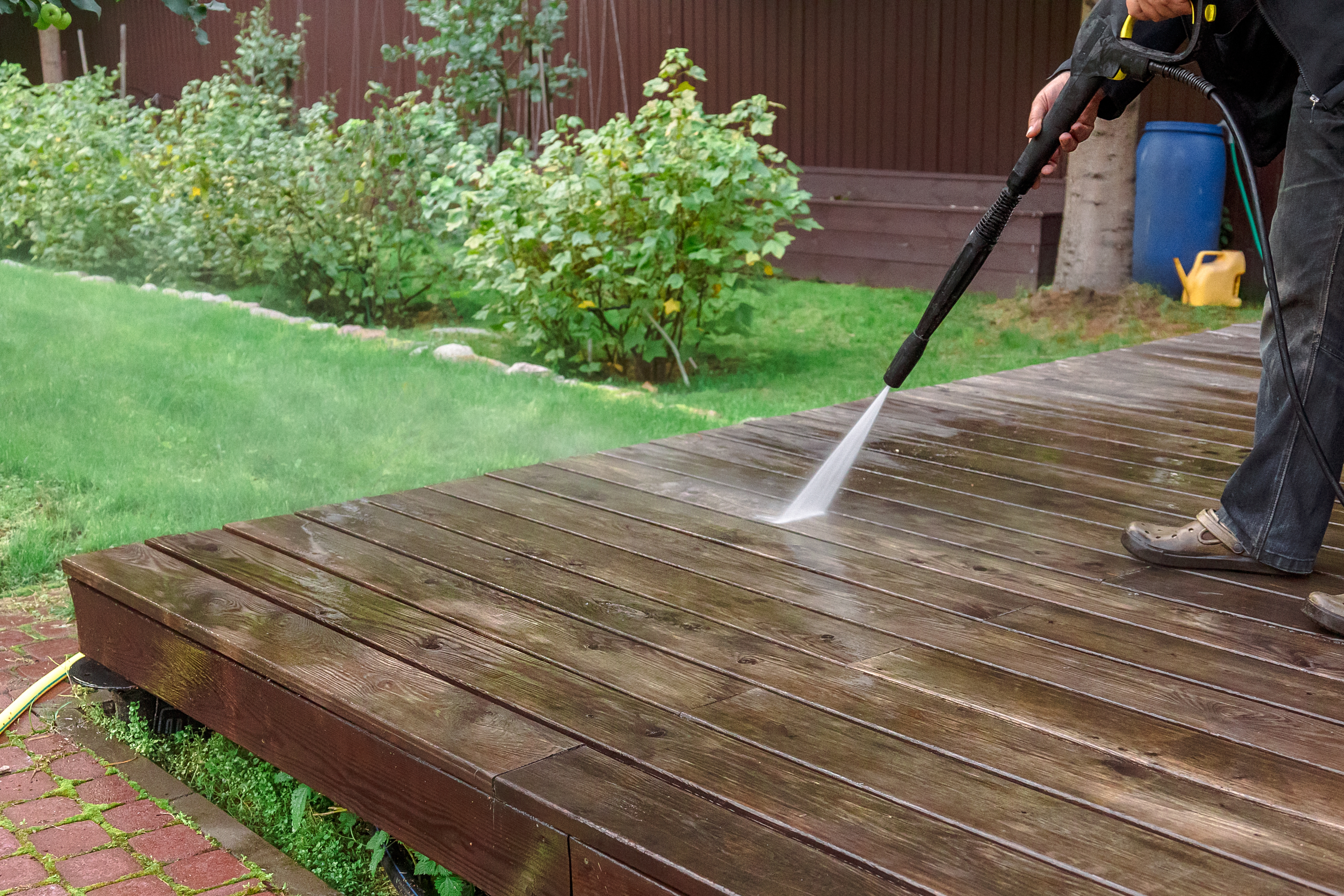
In this ultimate beginner’s guide to pressure washers, we will delve into everything you need to know about these powerful cleaning tools. Whether you're looking to clean your patio, decking, or even your car, a pressure washer can make the task quick and easy. In this comprehensive guide, we’ll cover everything from how pressure washers work, to the different motor types you can choose from.
Table of Contents:
- How Do Pressure Washers Work?
- How to Connect the Hose to a Pressure Washer
- Choosing Your Pressure And Flow Rate
- Petrol VS Electric Pressure Washers
- Motor Types
- How to Pressure Wash Your Decking
- How to Pressure Wash a Car
How Do Pressure Washers Work?
Pressure washers operate by using a motor or engine to drive a pump, which pressurises water from a connected water source. The high-pressure water is then expelled through a nozzle at the end of a wand or lance, allowing for powerful and thorough cleaning. As the water is travelling at fast speeds, it hits the dirty surface with high kinetic energy, knocking dirt and dust away.
How to Connect a Hose to a Pressure Washer
Connecting the hose to your pressure washer correctly is crucial for a seamless operation. After determining the pressure of your water supply (the ideal pressure is around 3 gallons per minute), attach a coupler to your garden hose by twisting it onto the hose's end. Once secured, you can thread the coupler to connect with various attachments on the power washer. Insert the garden hose into the water inlet of the power washer and tighten it to ensure a secure connection. Then you’re all set!
Choosing The Right Pressure And Flow Rate
When it comes to choosing the right pressure washer for your needs, there are a couple of factors you should consider. First, think about what you'll be cleaning and how often you'll be doing it. Additionally, consider how dirty the surfaces will get, as both pressure and flow play important roles in the cleaning process.
Generally, higher pressure is ideal for tackling tough dirt and harder surfaces like paving and concrete. On the other hand, the water flow rate is crucial for efficient rinsing. If you're planning to speed up tasks like car cleaning, opting for a pressure washer with a higher water flow rate can be beneficial.
To help you determine the right washer for your needs, refer to the table below, which categorises them as light, medium, or heavy-duty.
Keep in mind that most pressure washers offer adjustable pressure settings, so even if you choose a higher-pressure machine, you can still use it for tasks requiring lower pressures.
It's important to note that pressure washers should not be used on brickwork or glass surfaces, as high pressure can cause damage. If you want to give your windows a thorough clean, it's recommended to try using a window vac instead.
Petrol VS Electric Pressure Washers
When it comes to pressure washers, the majority of them are electric-powered, making them suitable for a wide range of tasks, from cleaning sports equipment to large driveways. It's as simple as plugging the main unit into an outdoor power socket with RCD (residual current device) protection, and you're good to go.
With an electric pressure washer, you always have the convenience of instant readiness, as long as you're within reach of a power supply. Plus, if you need to extend your working area, you can easily use an outdoor extension lead that is designed for outdoor use and protected from water splashes.
While electric pressure washers are popular, there are also petrol-powered options available. These are less common but offer their own advantages, especially if you have a larger garden or frequently need to use your washer away from home. With a petrol-powered washer, you're not restricted to a power supply, which is great for expansive outdoor spaces. Additionally, you won't have to worry about trailing power cables, reducing the risk of accidents.
Petrol-powered washers are often high-powered, making them suitable for tackling tougher cleaning jobs. However, it's important to ensure you have sufficient fuel on hand whenever you want to use it. Investing in a sturdy fuel container will allow you to safely transport the fuel whenever needed.
What Motor Type Should You Pick For Your Pressure Washer
When it comes to pressure washers, it's worth knowing about the three different motor types they come with. While it's not something you need to overly stress about, having some understanding can be helpful in making an informed choice.
First, there's the brush motor. These motors have brushes that are constantly in contact with the rotating part, which can lead to friction, reduced efficiency, and increased wear and tear over time.
Then, there's the universal motor. This type is known for its simplicity, compactness, and high speed. However, it's worth noting that universal motors tend to be noisier and have a relatively shorter lifespan compared to other motor types.
Lastly, we have the induction motor. This is a more complex motor option that typically runs quieter and has a longer lifespan. It offers durability and reliability, making it a preferred choice for many pressure washer users.
Considering the motor type can help you choose a pressure washer that suits your needs and ensures optimal performance for your cleaning tasks.
How to Pressure Wash Your Decking
Wooden decking requires regular maintenance to preserve its appearance and longevity. In this section, we will discuss the best practices for pressure washing your decking, including prepping the surface, choosing the right pressure and nozzle, and adopting safe cleaning techniques.
Step 1: Clear the area
Remove any furniture, plants, or debris from the deck surface. Make sure to sweep away loose dirt and leaves using a broom or leaf blower.
Step 2: Prepare the pressure washer
As mentioned before in pressure washing patios, you’ll need to connect the garden hose and power cable to the pressure washer. Test the pressure on a small, suitable area to ensure it's suitable for the decking material.
Step 3: Wet the deck
Use the pressure washer to wet the deck surface, starting from one end and working your way across. This will loosen all debris and allow better cleaning results for the cleaning process.
Step 4: Apply detergent
If there are stubborn stains or algae, apply a suitable deck detergent according to the manufacturer's instructions. Allow the detergent to sit for a few minutes to break down any dirt and build-up.
Step 5: Pressure wash
Using a wide-angle nozzle tip, pressure wash the decking boards in even, sweeping motions. It's a good idea to maintain a consistent distance and angle to avoid damaging the wood, as spraying randomly all over the place may wear down the ridges and spread dirt around further.
Step 6: Rinse and dry
Switch to a wider spray pattern and thoroughly rinse the deck, starting from the far end and moving towards the water source. Then sit back, relax, and allow the deck to dry completely before replacing furniture or walking on it.
Remember to wear appropriate safety gear and follow the manufacturer's instructions for your specific pressure washer model. Be mindful of the pressure applied to avoid damaging the wood, especially for softwood decking.
How to Pressure Wash Your Car
Pressure washing to clean your car can save a lot of time and effort compared to traditional washing methods. However, using the correct technique is crucial to prevent damage to the vehicle's paintwork or delicate surfaces.
This section will provide step-by-step instructions on how to safely pressure wash your car, covering topics such as pre-washing, pressure settings, nozzle selection, and effective rinsing techniques.
Step 1: Choose a suitable pressure washer
For cleaning vehicles, choose a washer with a low-pressure setting (around 1200-1900 PSI) and a wide spray angle to prevent damage to the car's paint.
Step 2: Rinse the car
Begin by rinsing the car with clean warm water using the pressure washer. Start from the top and work your way down, ensuring the entire car is wet and ready for cleaning products.
Step 3: Apply car detergent
Dilute a suitable car detergent or car shampoo as per the manufacturer's instructions. Apply it to the car's surface, focusing on the lower areas with more dirt and grime. Let the detergent sit for a few minutes to loosen the dirt.
Step 4: Pressure wash
Switch to a nozzle tip with a narrower spray angle for more focused cleaning. Starting from the top, work your way down the car, using gentle sweeping motions. Keep a distance of about 1-2 feet from the car's surface, to protect the surface and avoid getting soaked!
Step 5: Rinse thoroughly
Switch back to a wider spray pattern and rinse the car from top to bottom. Make sure all detergent or soap is rinsed away to avoid leaving any residue!
Step 6: Dry the car
Use a chamois leather cloth to dry the car's surface, starting from the top and working your way down. This helps prevent water spots and streaks and will leave your car looking brand new.
Remember to avoid spraying directly at delicate areas such as the car's windows, mirrors, or any loose trim pieces. Also, take care not to hold the pressure washer too close to the car's body, to prevent any damage.
By using the right equipment and following our step-by-step guides, you can achieve remarkable results and maintain the appearance of your outdoor spaces and vehicles.
For more information regarding pressure washers, come chat with us in-store, or give our team a ring at 0344 335 0521.
